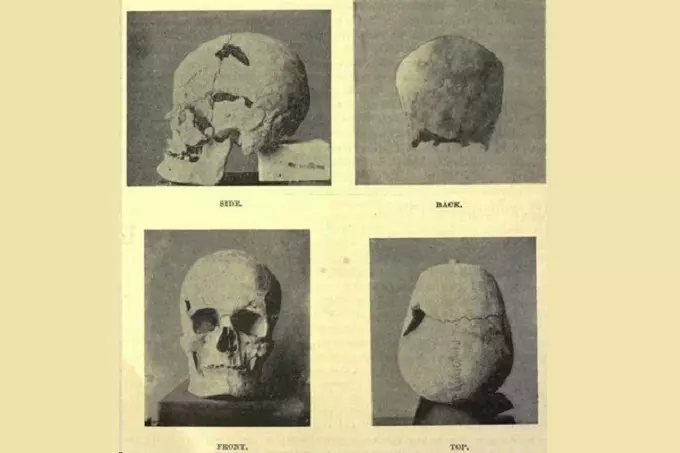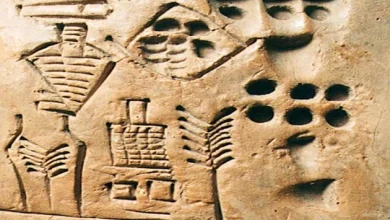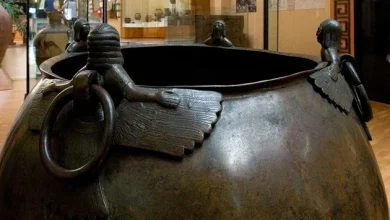Is ancient Egyptian Pharaoh Sanakht a giant?

Employees of the Institute of Evolutionary Medicine at the University of Zurich (Switzerland) have established that the height of the Pharaoh Sanakht was 198 centimeters, far exceeding the average height of the inhabitants of Ancient Egypt.
Sanakht is listed as the “third or fourth” Pharaoh of the Third Dynasty of ancient Egypt, and little is known about his identity. Now archaeologists have reason to believe that he may have been the oldest of the known “giant”.
Myths and legends abound with stories of giants and titans, from Scandinavian tales to ancient Greek ones. However, not all giants were simply fiction. Accelerated growth, a condition known as gigantism, can occur when the body produces too much growth hormone. This usually occurs when there is a tumor in the pituitary gland area of the brain.
Scientists examined a mummy found in 1901 in a tomb near Beit Khallaf in Egypt. Previous analyses had shown that the burial belonged to Egypt’s third dynasty, which ruled around 2700 B.C.

The remains belonged to Pharaoh Sanaht. His height was outstanding for those days – 198 cm – with the average height for ancient Egyptians, which barely reached 170 cm.
The ancient Egyptian pharaohs probably ate better and were much healthier than their subjects, so it is not surprising that their height was much greater. Nevertheless, Sanaht was much taller than Ramses II (175 cm).
Therefore, scientists re-analyzed Sanakht’s skull and bones, finding out that he suffered from gigantism. Sanaht suddenly turned out to be the oldest known “giant” and hinted to scientists about the possibility of studying the evolution of diseases.
Sanakht – “Horus – Protector by Power” (other names: Nesu-Biti – Nebka, in the Greek version Mesokris) – the third or fourth pharaoh of the third dynasty of Ancient Egypt. Ruled from 2648-2630 B.C. or 2686-2668 B.C.




